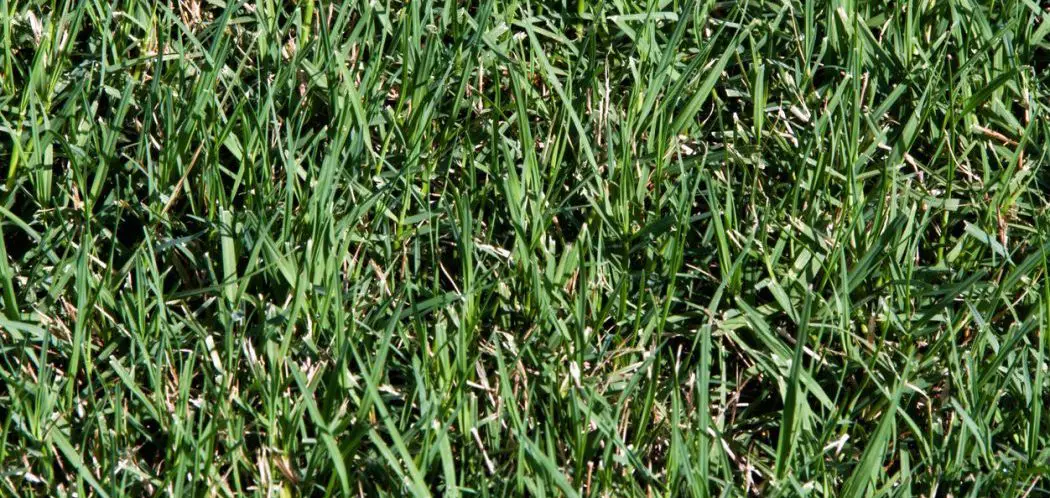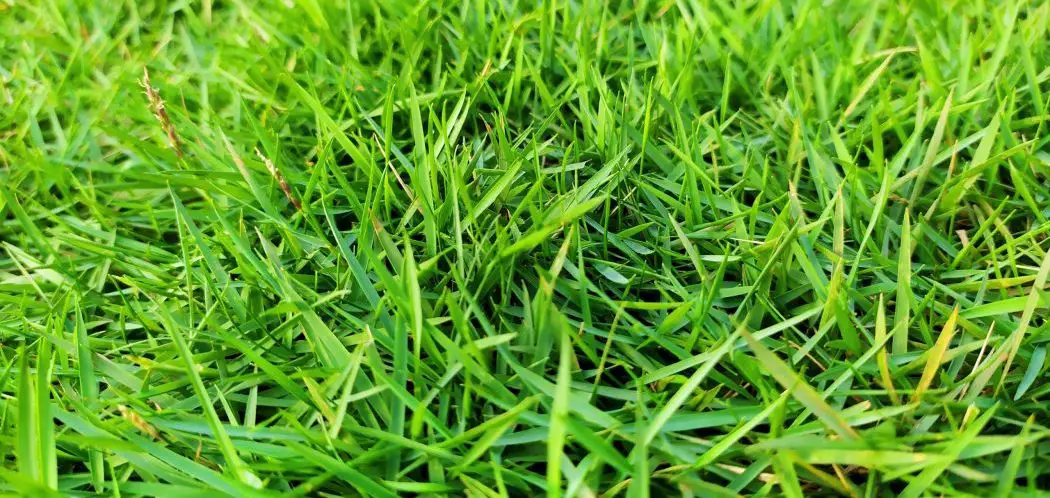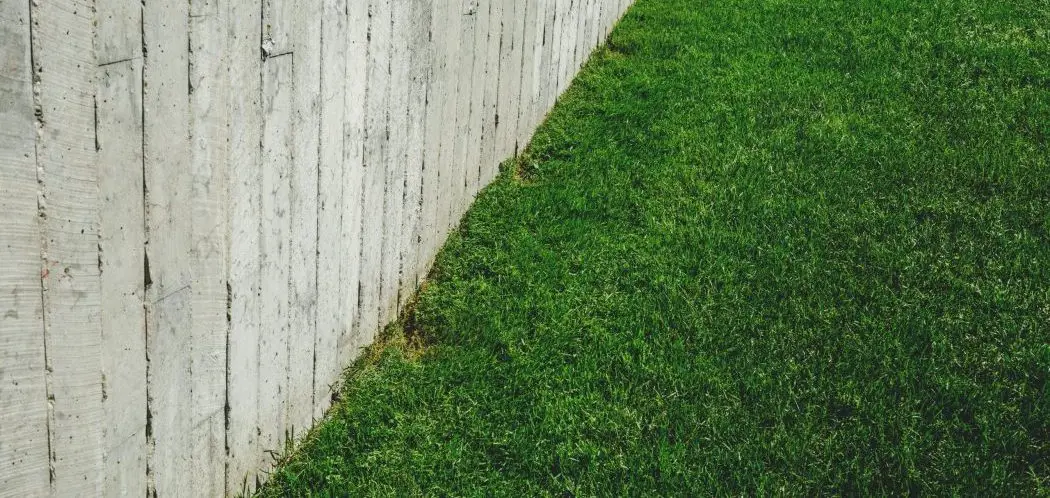 What grass grows best in sandy soil? If the soil in your yard is nice and healthy, it’s easy to decide what type of grass you’d like to plant there but what if your soil is sandy or rocky instead? Some soils are more challenging when it comes to growing plants there and it’s not always easy to find grass that you can grow in your sandy yard and have it look good.
What grass grows best in sandy soil? If the soil in your yard is nice and healthy, it’s easy to decide what type of grass you’d like to plant there but what if your soil is sandy or rocky instead? Some soils are more challenging when it comes to growing plants there and it’s not always easy to find grass that you can grow in your sandy yard and have it look good.
One of the reasons it is so difficult to have a lush, green lawn when your soil is sandy is because sandy soil drains very quickly. This makes giving it the right amount of moisture rather difficult. Does this mean it’s impossible for sandy lawns to keep enough moisture to grow great-looking grass? Not necessarily, but you will definitely need a certain type of grass to be successful. This usually means grass that doesn’t require a whole lot of watering. In other words, there are grasses that do well in dryer soils so you’ll want to choose one of those if you have sandy soil.
Below are a few of these grass types:
Bahia Grass
Bahia grass needs very little water or fertilize. It has a very deep root system and therefore spreads very quickly even in sandy areas.
You have to mow it frequently because when you do, the seeds are spread all over your yard for an even better end result. Of course, if a dark green lawn is what you you’re looking for, you’ll want to skip the Bahia grass because this it’s a very light green color. The longer it goes without watering, the lighter it gets!
The roots of this grass are both deep and resilient which is another reason it does so well in sandy soil. The deep roots also help the grass get the nutrients and the water it needs even if the soil is somewhat sandy.
Frequently used in the Southeastern part of the United States, it grows thick but doesn’t resemble a carpet like other grass does. If this is the look you’re going for, you might want to combine Bahia grass with another self-spreading type of grass.
Bermuda Grass
Bermuda grass requires soil that drains well and in fact, the better the soil drains, the better the Bermuda grass looks.
It is a warm weather grass and requires a lot less water than cool season grasses do. Of course, Bermuda grass works in other soils as well, including clay soil so it is indeed very versatile.
It is a grass that was initially grown in South Africa, so it is accustomed to hot and dry soils. It also grows quickly and is very attractive, being both thick and dark green in color.
The only thing you need to be aware of is not to put it in a yard that is too shady because it needs a lot of sunlight to grow and thrive.
Centipede Grass
Centipede grass is a warm weather grass that is thick and which forms sod. It consists of horizontal stems that creep through the lawn and branch off to form new plants. This happens when the stems run over the top of the ground then take root everywhere they touch the soil. The grass is coarse and grows slowly, but it eventually weaves itself into a beautiful lawn.
Centipede grass requires very little mowing and fertilizing but it still needs a lot of sunlight to thrive. It even does well in acidic soils as well as sandy soils. It originated in Southeast Asia and China.
Fescue Grasses
There are several types of fescue grass, and all of them do well in cooler climates and sandy soils. If you live in cool areas, fescues are perfect because they are sturdy grasses and do well even when not given much water. This is partly because they have such a deep root system. It even does well in shady areas that don’t get a lot of sunlight.
Here are the three main varieties of fescue grass:
- Creeping red fescue. This grass is slow-growing and does well even in soils that are slightly acidic. It is very low-maintenance and can handle pebbly and gravelly areas as well as sandy areas.
- Hard fescue. Another low-maintenance grass. It does not require a lot of mowing but doesn’t tolerate high temperatures so it isn’t a grass for you to consider if you live in the South.
- Tall fescue. Great for shaded areas. It has a rich color and a deep root system so it does well in sandy soils and in areas with mixed sunlight conditions.
Zoysia Grass
Zoysia grass has a deep root system and does well in sandy soils.
You often find this grass growing on its own near the beach. It doesn’t need a lot of water to grow and thrive, and it will grow and spread slowly unless you use a fertilizer that contains nitrogen and phosphorus.
One downside is that it turns brown right after the first frost, although it will bounce back in the spring.
In Summary – What Grass Grows Best in Sandy Soil?
The ones mentioned above do exceptionally well as long as you follow the basic maintenance requirements. There are others of course, and when you’re looking for something that does well in sandy soils, just remember to choose something that requires little moisture and does better in soils that drain well.
Many of these grasses are low-maintenance grasses simply because they do not need much watering, but you’ll need to research the grass types to make sure they can be accommodated by sandy soils.
It isn’t difficult to do this, and it is so good to know that there are lots of beautiful grasses out there that will not only grow but thrive when they are planted in sandy soil.







